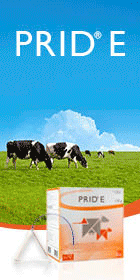Assessing Irish dairy cow welfare
In this article, Muireann Conneely MVB PhD, research officer in dairy cow welfare, Teagasc, Moorepark discusses a study conducted by Teagasc in association with the University of Nottingham and Wageningen University and Research, to assess the welfare of dairy cows in Irish pasture-based systems, and to investigate the prevalence of and risk factors for lameness
The welfare status of our farmed animals is an issue of ever-growing importance. Society is becoming increasingly vocal in its calls for our food to be produced in an ethical and sustainable manner. It is now widely accepted that, as sentient beings with a capacity to feel pain and experience emotions, our farmed animals deserve to experience a life that is worth living.1 In addition to the ethical reasons for ensuring high welfare standards when caring for our farmed species, there are reasons of health and productivity. Animals that experience better welfare may experience less stress; be less immunocompromised, and in turn, less susceptible to disease.2 Thus, good welfare is inextricably linked with good health, and therefore productivity. It is incumbent on all of us to provide our animals with a life that meets their welfare needs. But what exactly does ‘welfare’ mean? What does ‘good welfare’ look like? How can it be assessed? And what is the welfare status of dairy cows in Ireland?
Defining welfare
Precisely defining animal welfare has been the subject of much scientific discourse over the previous decades. The ‘Five Freedoms’ definition states that animals should have ‘freedom from hunger and thirst, freedom from discomfort, freedom from pain, injury and disease, freedom from fear and distress, and freedom to express normal behaviour’.3 However, as scientific understanding has increased over recent years, it is now felt that the Five Freedoms do not represent the complex nuances of welfare that are now recognised. With the exception of ‘freedom to express normal behaviour’ the Five Freedoms are solely focused on avoiding a negative outcome. Over time, welfare scientists and livestock industries have recognised that good welfare should not merely aim to avoid a negative state, but must also involve attainment of positive states, both emotional and physical.1 The three orientations model of animal welfare4 asks three general questions about the animal’s condition:
1) Is the animal functioning well (healthy)?
2) Is the animal feeling well?
3) Is the animal able to perform natural behaviours?
This model of thinking about animal welfare takes into account the fact that all areas overlap, and each affects the others. For example, a lame cow will not be feeling well because of pain, her milk production and reproductive ability will be reduced (her biological functioning is affected) and her natural behaviour will be negatively impacted because of impaired mobility. More recently, thinking about welfare has moved toward the concept of ‘a life worth living’ where the sum total of the positive experiences in an animal’s life outweighs the negative.1
Assessing welfare
Welfare can be assessed by measuring a number of indicators which will tell us whether an animal is healthy (functioning well), feeling well and able to perform natural behaviours. Many welfare assessments focus heavily on indicators relating to biological functioning, as these are of great significance for the welfare of the animal, and are relatively easy to measure. Measuring the affective state (emotions and mood) of an animal, on the other hand, is a lot more difficult, and is the focus of much current research.5 Welfare indicators may be divided into animal-based indicators and those that are resource-based. Animal-based measures are those taken directly from the animal (eg. body condition, behaviour, mobility score), while resource-based measures concern features of the animal’s environment (eg. trough space, cubicle size). Animal-based measures are considered to provide the best assessment of welfare as they give a direct indication of how well an animal is coping within its environment.6 Nonetheless, resource-based measurements can also provide much valuable information. Research tells us that certain conditions are potentially better for welfare than others; however, in order to know the real welfare status of an animal, animal-based indicators are essential.
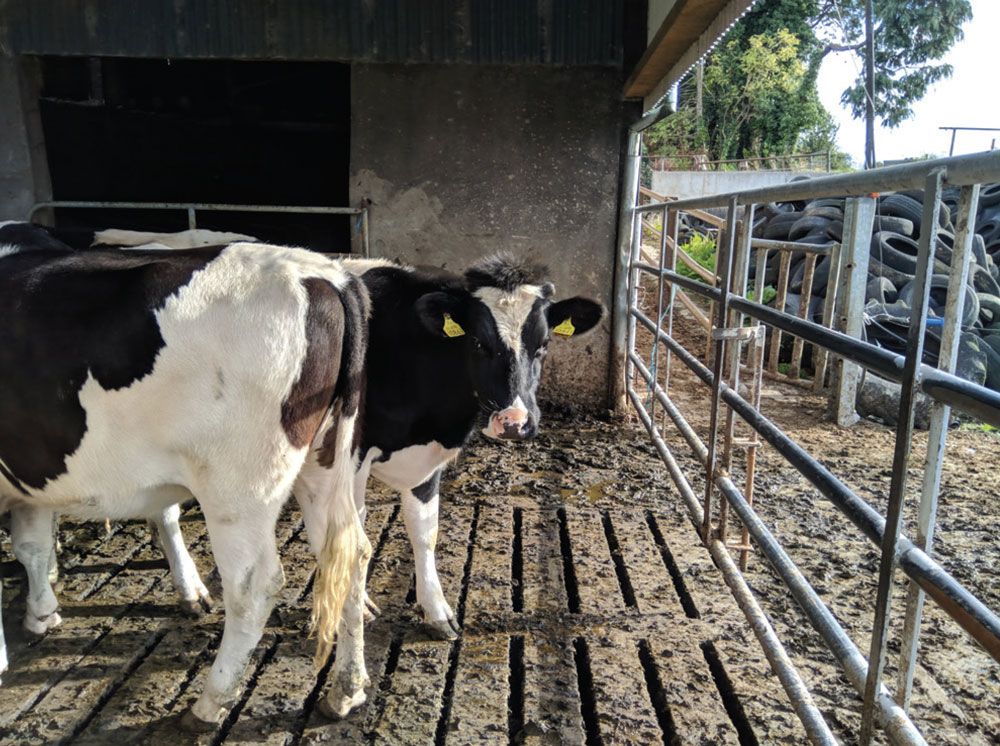
Figure 1: The animal's environment is an important part of assessing its welfare. Photo: Bernie Commins.
Dairy production in Ireland
Ireland has traditionally maintained an image of a farming industry that is ‘green’ and sustainable. Our pasture-based dairy system is promoted as providing significant welfare advantages over indoor systems that operate in other countries, owing to its perceived naturalness. However, while there are many welfare advantages to pasture-based dairy production, there are also challenges, including inclement weather conditions and parasitism.7,8 Furthermore, the Irish system of dairy production is not entirely pasture-based; on average, cows spend 4.5 months indoors,9 and the transition inside, itself, brings new challenges, such as dietary changes and reduced space allowance. So what is the welfare status of cows in this predominantly pasture-, part indoor-based system in Ireland? To date, little research has attempted to answer this question.
Teagasc study
In order to do so, a large on-farm study was undertaken by Teagasc from April 2019 to February 2020 to gain information on the current welfare status of Irish dairy farms. Additionally, the study aimed to focus on the issue of lameness in greater detail. Lameness is a painful condition and is widely regarded as being a major welfare problem for dairy cows worldwide.10 However, little research to date has examined the prevalence of and risk factors for lameness in dairy farms in Ireland. Therefore, in addition to investigating the general welfare status of pasture-based dairy cows, the study also aimed to determine the prevalence and causes of lameness, determine treatment and prevention methods currently used in the management of lameness, and identify risk factors for lameness in Irish, pasture-based herds.
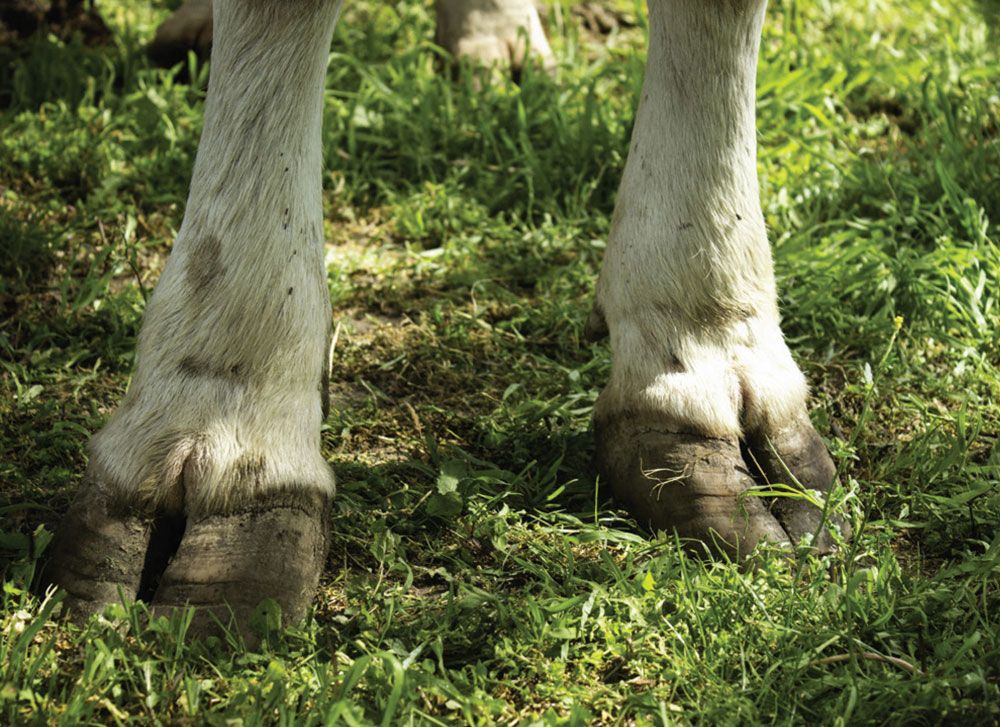
Figure 3: Mobility is a key welfare indicator and management of lameness is crucial in this regard.
One hundred and three dairy farms in the south of Ireland were visited during the grazing period and 87 of these were revisited when cows were housed. A welfare assessment protocol was developed which consisted of three parts: a farmer questionnaire, which gathered background herd data and information on general herd management, including those related to lameness, a series of animal-based measurements, and a series of resource-based measurements.
Seven animal-based welfare indicators were included in the protocol. The chosen indicators were those considered to be of greatest importance in reflecting the welfare status of the cow, and that were practical and feasible to measure in a three-hour (approximate length) farm visit. These related to body condition, mobility, skin lesions, ocular discharge, nasal discharge, tail lesions and the behavioural response to an avoidance test.
Appropriate nutrition is fundamental to the welfare of the dairy cow. Underfeeding of cows can affect proper biological functioning and result in a multitude of negative consequences, including increased risk of illness11 and feelings of hunger which negatively affect her emotional state.12 Cow body condition score was therefore considered to be a key welfare indicator. It was measured on a 1 to 5 scale13 ranging from emaciated to extremely over-conditioned.
The ability to move freely without pain is of critical importance to the wellbeing of the dairy cow. The inability to do so impacts negatively on performance of natural behaviours (eg. grazing, walking and lying) and causes pain and suffering for the cow.10 Thus, mobility was also considered to be a key welfare indicator. It was measured on a four-point scale,14 which ranged from 0 (no gait abnormality) to 3 (severely impaired mobility). Cows scoring 2 (moderately lame) and 3 (severely lame) were considered to be clinically lame.
Ocular discharge was measured on a four-point scale15 which was adapted from the University of Wisconsin-Madison calf health scoring system, ranging from ‘normal’ to ‘heavy’. The presence and type of ocular discharge provides information on the presence of ocular irritations that the cow may be encountering, as well as the presence of disease that could result in ocular discharge.
Nasal discharge was similarly measured on a 4-point scale 15 adapted from the University of Wisconsin-Madison. The score ranged from ‘normal serous discharge’ to ‘copious bilateral discharge’. The presence and type of nasal discharge provides information on the nasal and respiratory health of the cow.
The condition of the cow’s skin provides important information regarding the cow’s interaction with her physical environment. Injuries to the skin can occur as a result of contact with hard surfaces in indoor surroundings, for example, cubicle bars or feed rails. Integument lesions were measured according to a method adapted from the Welfare Quality assessment protocol, 16 in five different zones of the body:
1) head, neck and back;
2) hindquarters;
3) hind limbs;
4) forelimbs; and
5) flank and udder.
The presence of single or multiple lesions, as well as the severity of the lesions (ranging from hair loss only to open wound) was recorded. Tail injury was also considered to be an important welfare indicator; information on tail lesions was gathered by recording the presence of breaks, docks and circumferential lacerations. Tail breaks may occur because of damage from scrapers, and also potentially as a result of rough handling practices.17 Tail lacerations may be a result of marking tape applied too tightly, which may damage circulation. Tail docking is currently prohibited on Irish dairy farms (Statutory Instrument No. 117 of 2014).
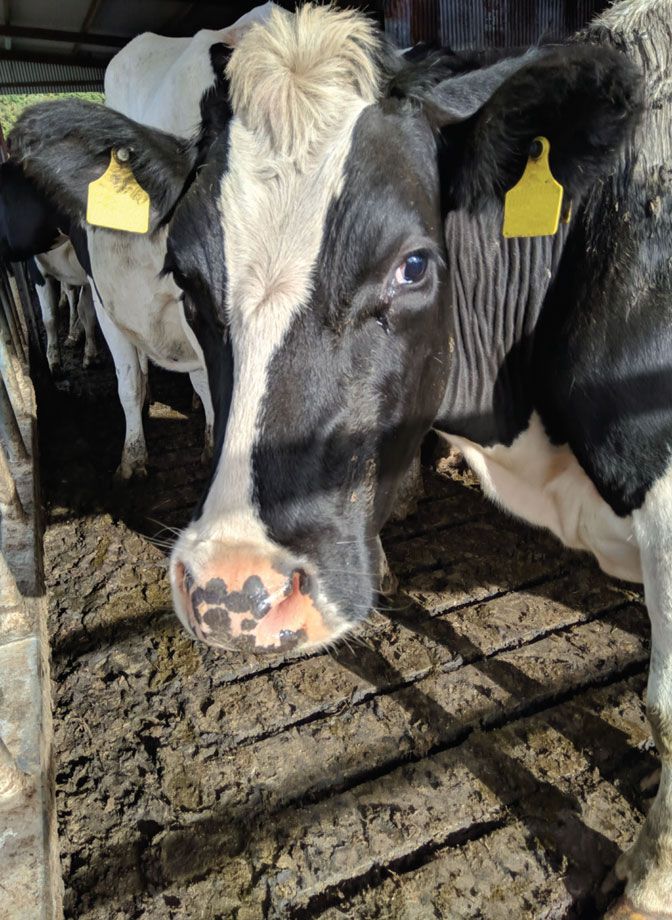
Figure 4: A good human-animal relationship is also fundamental to the welfare of the cow. Photo: Bernie Commins.
A behavioural test was performed with the cows, both during the grazing visit, and while cows were housed. This test, known as the ‘avoidance test’ involves a human approaching a cow slowly in a direct line, and measuring the distance at which the cow retreats. This can range from >2 metres (considered to be a ‘fearful’ response) to accepting of touch (‘non-fearful’). This test is considered to be an indicator of the human-animal relationship.18 A good human animal relationship is also fundamental to the welfare of the cow. Human interaction is a significant feature of the cow’s life; if these interactions are fearful, her overall welfare will be significantly negatively impacted as a result.
In addition to the seven welfare indicators measured, the hooves of cows that were identified as lame on farms were inspected, to gather information on the lesion types predominating in the Irish grass-based system, both during the grazing and housing periods. Following hoof examination, all lame cows received the appropriate treatment from a hoof care professional (Farm Relief Services Network, Derryvale, Roscrea, Co. Tipperary, Ireland).
Resource-based measurements were taken on all aspects of farm infrastructure and roadways. Winter housing facilities were evaluated in terms of space allowance, cleanliness, feed-face length, cubicle provision, water provision and the presence of environmental enrichment. Farm roadways were assessed for surface condition, presence of rocks, slopes and damage. Collecting yard and milking facilities were assessed for space, underfoot conditions and presence of sharp turns.
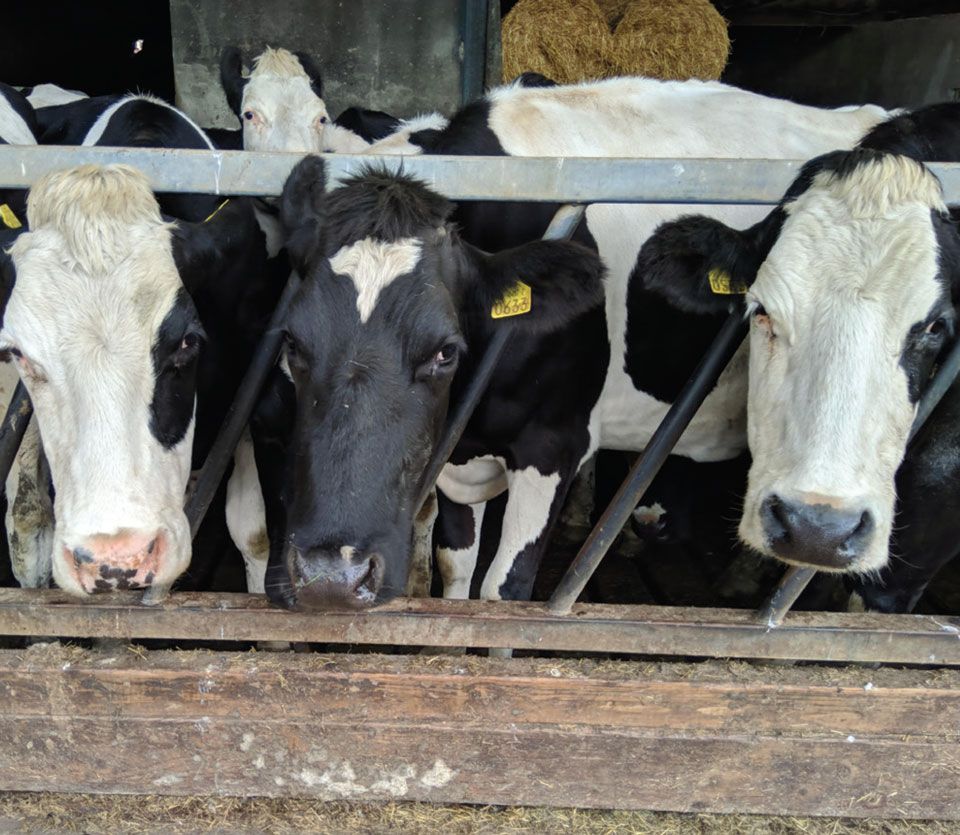
Figure 5: Winter housing facilities were evaluated as part of the Teagasc study. Photo: Bernie Commins.
Study results
Data from this study is currently undergoing analysis and the findings will be published in 2021. It is hoped that results from this first large-scale study on dairy cow welfare in Ireland will provide information that will help farmers to improve both welfare and lameness on their farms, and will provide targeted direction for future research in the area. In addition, it is intended that a herd welfare assessment tool for veterinarians will be developed as a further outcome of the project.
Authors
- Muireann Conneely MVB PhD, Research Officer in Dairy Cow Welfare, Teagasc, Moorepark
- Robin Crossley MSc, PhD student, Teagasc, Moorepark and Wageningen University and Research
- Natasha Browne BSc, PhD student, Teagasc, Moorepark and University of Nottingham
- Katie Sugrue, Research Technologist, Teagasc, Moorepark
- Emer Kennedy BAgrSc, PhD, Senior Research Officer, Teagasc, Moorepark
- Chris Hudson BVSc DCHP PGCHE PhD MRCVS, Clinical Associate Professor in Dairy Health and Production, School of Veterinary Medicine and Science, University of Nottingham
- Eddie Bokkers PhD, Associate Professor, Animal Production Systems group, Department of Animal Sciences, Wageningen University and Research
-
Mellor D J. Updating Animal Welfare Thinking: Moving beyond the ‘Five Freedoms’ towards ‘A life Worth Living’. Animals 2016; 6(3): 21
-
Chrousos, G. Stress and disorders of the stress system. Nature Reviews Endocrinology 2009; 5: 374-381
-
Farm Animal Welfare Council. (2012). FAWC updates the five freedoms. Veterinary Record 2009; 131: 357
-
Fraser D, Weary D, Pajor E, Milligan B. A scientific conception of animal welfare that reflects ethical concerns. Animal Welfare 1997; 6: 187-204
-
deVere A, Kuczaj II S. Where are we in the study of animal emotions? Wiley Interdisciplinary Reviews-Cognitive Science 2016; 7: 354-362
-
Whay H, Main D, Green A, Webster A. Assessment of the welfare of dairy cattle using animal-based measurements: direct observations and investigation of farm records. Veterinary Record 2003; 153: 197-202
-
Mee J. Reproductive issues arising from different management systems in the dairy Industry. Reproduction in Domestic Animals 2012; 47: 42-50
-
Van laer E, Moors C, Sonck, B, Tuyttems F. Importance of outdoor shelter for cattle in temperate climates. Livestock Science 2014; 159: 87-101
-
Teagasc 2019. National farms survey dairy enterprise factsheet. 2018 https://www.teagasc.ie/media/publications/2019/NFS2018Dairyfactsheetfinal.pdf
-
Bruijnis M, Beerda B, Hogeveen H, Stassen E. Assessing the welfare impact of foot disorders in dairy cattle by a modelling approach. Animal 2012; 6: 962-970
-
Mee J, Boyle, L. Assessing whether dairy cow welfare is ‘better’ in pasture-based than in confinement-based management systems. New Zealand Veterinary Journal 2020; 68:168-177
-
von Keyserlingk M, Rushen J, de Passille A, Weary D. Invited review: The welfare of dairy cattle – key concepts and the role of science. Journal of Dairy Science 2009; 92: 4101-4111
-
Agriculture and Horticulture Development Board. 2020. Body Condition Scoring Flow Chart. https://ahdb.org.uk/knowledge-library/body-condition-scoring-flow-chart
-
Agriculture and Horticulture Development Board. 2015. AHDB Dairy Mobility score. https://ahdb.org.uk/knowledge-library/mobility-scoring-how-to-score-your-cows
-
University of Wisconsin Madison Calf health Scoring chart https://fyi.extension.wisc.edu/heifermgmt/files/2015/02/calf_health_scoring_chart.pdf
-
Welfare Quality. Welfare Quality assessment protocol for cattle. 2009 http://www.welfarequalitynetwork.net/media/1088/cattle_protocol_without_veal_calves.pdf
-
Laven R, Jermy M. Measuring the torque required to cause vertebral dislocation in cattle tails. New Zealand veterinary Journal 2020; 68: 107-111
-
Rousing T, Waiblinger S. Evaluation of on-farm methods for testing the human animal relationship in dairy herds with cubicle loose housing systems – test-retest and inter-observer reliability and consistency to familiarity of test person. Applied Animal Behaviour Science 2004; 85: 215-231
1. When is it appropriate to see a hedgehog during the day?
A. During the summer months
B. Nursing or pregnant females
C. Young juveniles
D. It is normal for hedgehogs to forage for food during daylight hours
2. What weight should a captive hedgehog reach before releasing them into the wild?
A. >650g
B. >450g
C. >550g
D. >1000g
3. What drug is considered the treatment of choice for Lungworm infection in hedgehogs?
A. Fenbendazole
B. Injectable ivermectin
C. Toltrazuril
D. Levamisole
4. Which of these agents are not of zoonotic risk when handling hedgehogs?
A. Trichophyton erinaceid
B. Salmonella Enteritidis PT11
C. Crenosoma striatum
D. Capillaria aerophila
5. What is the main concern regarding feeding a purely wet food diet to captive hedgehogs?
A. Obesity
B. Nutritional imbalances
C. Dental tartar
D. Anorexia
6. When is it appropriate to keep a wild hedgehog as a pet?
a. If they bond with you while in captivity
B. If they are close to the end of their natural life
C. If they are permanently disabled and cannot be released into the wild
D. It is never appropriate to keep a wild hedgehog as a pet



